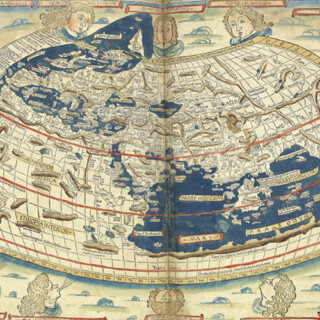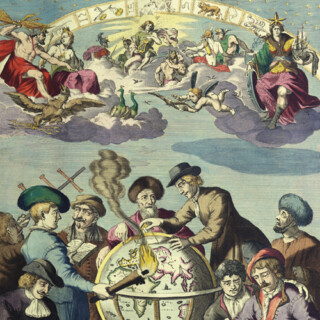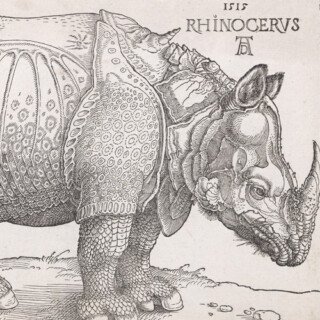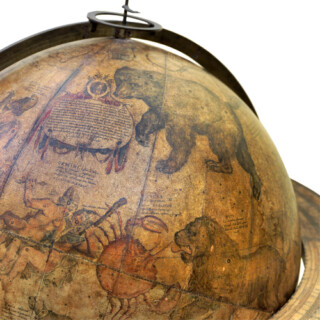“one of the most beautiful, important, and accurate early plans of New York” (Stokes)
Plan of the City of New York, in North America surveyed in the Years 1766 & 1767.
London,
Publishd according to Act of Parliament Jany. 12, 1776: by Jefferys & Faden, Corner of St. Martins Lane, Charing Cross,
1776.
Large engraved map, on 3 sheets joined, dissected and laid down on linen in sixteen sections.
1190 by 875mm. (46.75 by 34.5 inches).
15628
notes:
"Perhaps the finest map of an American city and its environs produced in the eighteenth century" (Augustyn).
This superb and elegant map takes in the southern end of Manhattan island, as far north as 50th Street today, the marshy New Jersey shores of the Hudson, Kennedy, Bucking and Governors Islands, and parts of present day Brooklyn along the East River. It shows the city of about 25,000 people, surrounded by countryside that includes much of Manhattan and Bro...
This superb and elegant map takes in the southern end of Manhattan island, as far north as 50th Street today, the marshy New Jersey shores of the Hudson, Kennedy, Bucking and Governors Islands, and parts of present day Brooklyn along the East River. It shows the city of about 25,000 people, surrounded by countryside that includes much of Manhattan and Bro...
bibliography:
Cohen and Augustyn Manhattan in Maps pp.73-77; Cumming, "The Montresor-Ratzer-Sauthier Sequence of Maps of New York City, 1766-76" in Imago Mundi Vol. 31 (1979), pp. 55-65.









